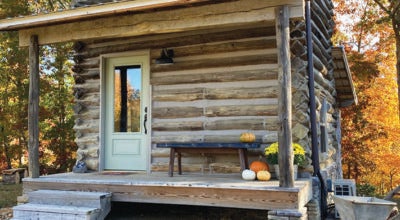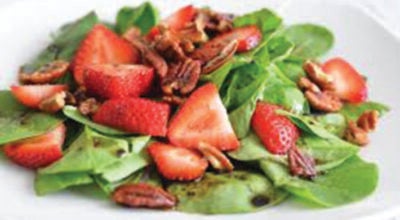Learn beekeeping
Published 8:45 am Thursday, December 28, 2017
By Ian Westwood
Davie Beekeepers Assoc.
At this time of the year, our honeybees are thinking only of survival.
Now that the winter is almost upon us, the number of bees is gradually decreasing as more and more die off, and as they huddle together in a shrinking cluster to keep warm.
All of the male bees (drones) have been evicted in order to save as much of their remaining food as possible, and which they hope will be sufficient to get them through until the first of the late winter/early spring flowers emerge and the warmer weather returns.
Some hives will survive. Sadly, many will die.
So what do honeybees do in winter?
Most bees and wasps hibernate during the colder months. In many cases only the Queen will survive, emerging in the spring to reestablish the colony. But honeybees remain active all winter long despite the freezing conditions and lack of plants and flowers on which to forage.
Winter is when they hope to reap the benefits of their hard work, by living off of the honey that they have made and stored during the warmer months.
Winter is why bees make honey.
Keeping warm takes energy, in the form of honey. If the bees run out of honey they will die before the spring. As the temperatures drop below 57º F, the worker bees will start to cluster close to their honey store to keep warm, the Queen will stop laying eggs in late fall/early winter to reduce the demand on the food store, and the workers start to insulate the colony against the cold.
The Honey Bee Huddle
Within the cluster the honeybees keep their heads pointing towards the center. Those on the inside can feed from the honey store while the outer layer of workers insulate their sisters.
If the ambient temperature rises the outer bees will separate to allow more air flow. As temperature falls the cluster will tighten again.
A bee will generate heat internally by vibrating its flight muscles, while keeping its wings still, raising its body temperature. With thousands of bees ‘shivering’ the temperature at the center of the cluster will reach about 93º F. When the workers on the outer edge of the cluster get cold they will push their way to the center of the cluster and other bees will take a turn in shielding the cluster from the cold.
During warmer spells the cluster will move, within the hive, positioning itself close to a fresh store of honey.
However, during long spells of cold weather the bees may be unable to move within the hive and may starve to death only inches from available food stores.
It’s an amazingly efficient system, and it’s a wonderful sight to see the bees emerging again in the warmer weather, ready for the challenges of a new year.
If you share our interest in the hone bee, and are fascinated by our friend, or think that you would like to become a new beekeeper, then why not join us for the Davie County Beekeepers Association ‘Bee School’.
Bee School starts on the morning of Saturday, Jan. 13, 2018, and lasts for five weekends at the Davie County Public Library in Mocksville. During the course you will learn about the life cycle and habits of the honeybee as well as everything one needs to know to start their adventure into the world of beekeeping.
For more information, and to register, call 336-893-4789.Youth are welcome.





